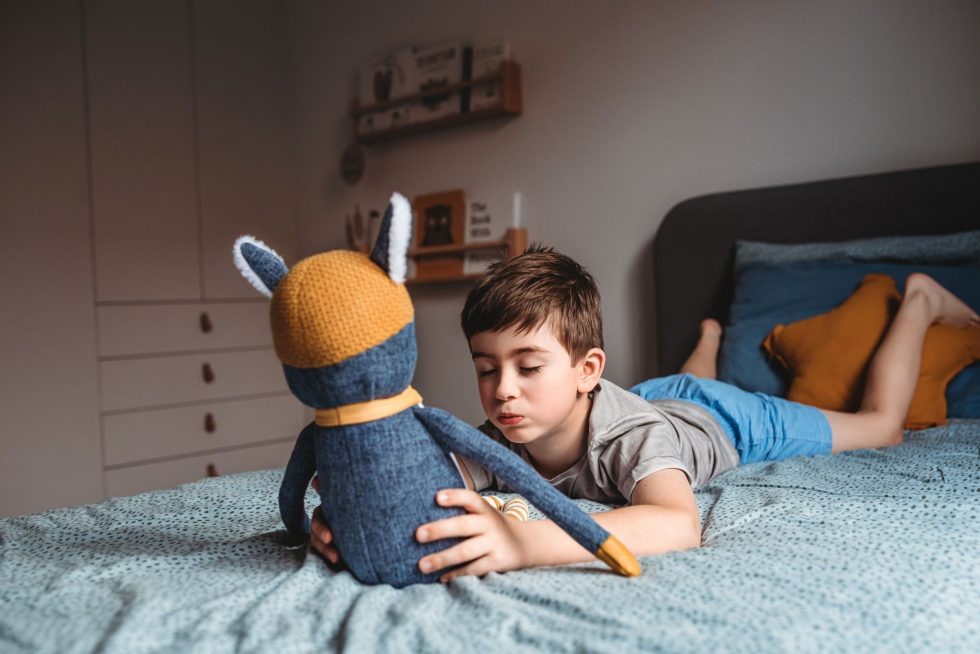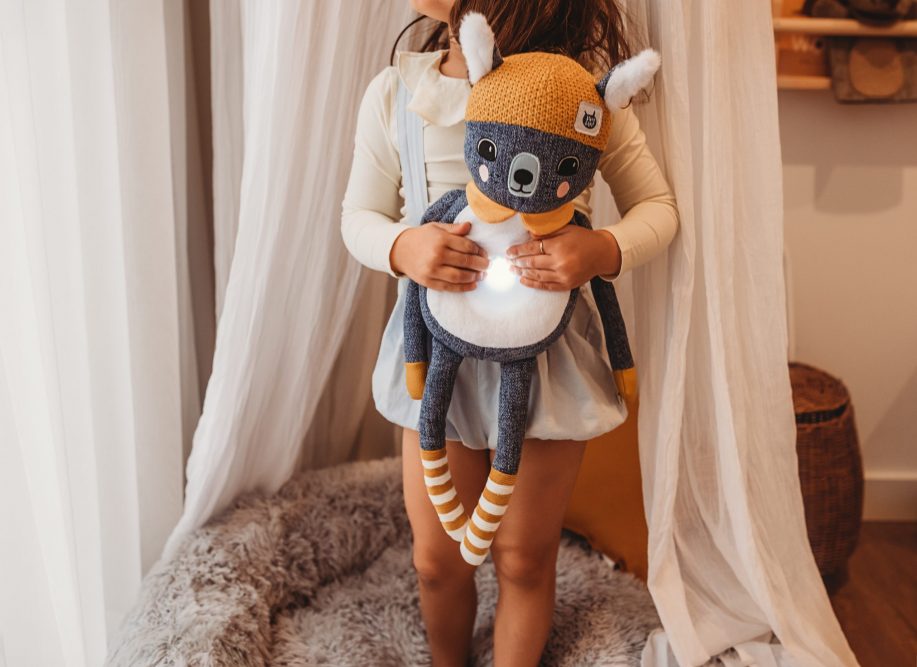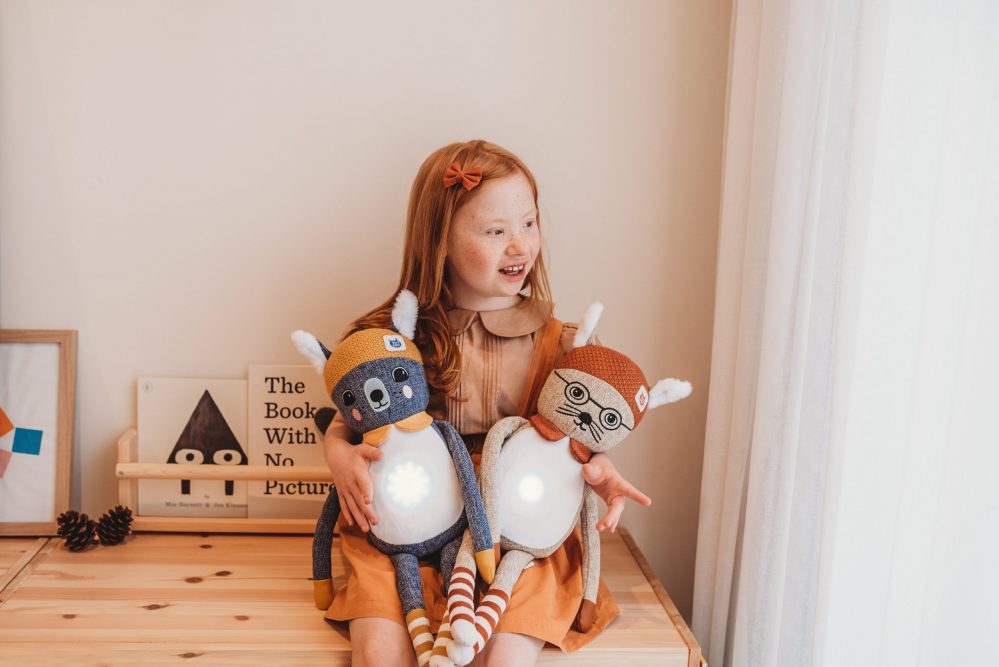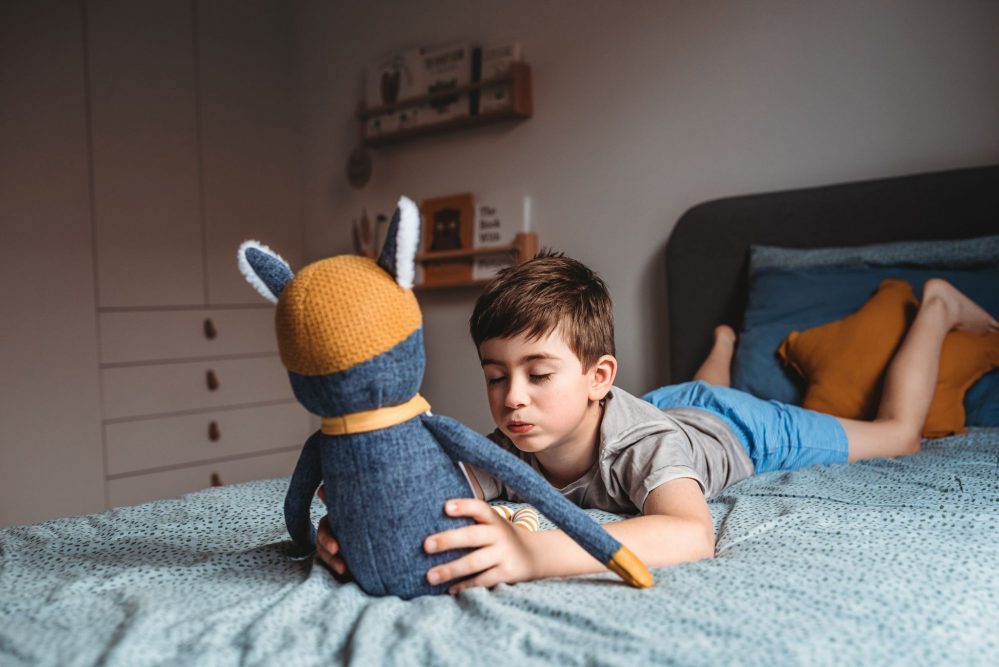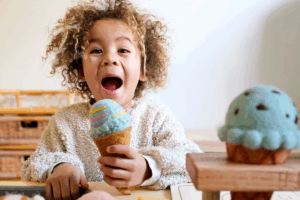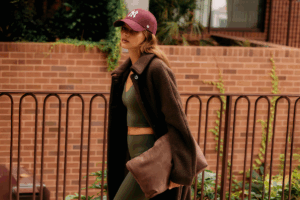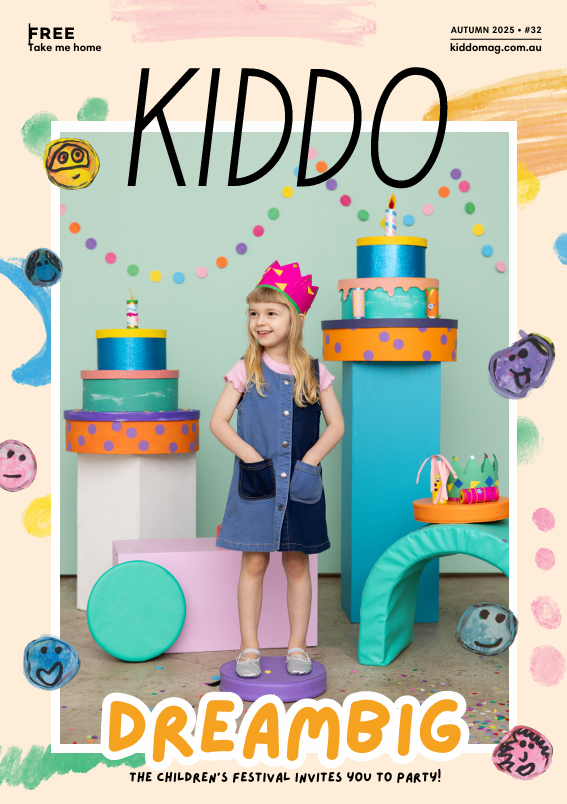With recent news of a hybrid return-to-school plan and the ongoing uncertainty for families going into 2022, many kiddos may be dealing with BIG emotions right now, and parents looking for tangible strategies to restore some cool and calm in their lives.
There’s a lot going on right now for our little people, particularly with the start of a new school year looming and the changeable nature in how it’s going to be delivered. Starting a new school year always brings big feelings, but in these uncertain times, they might be bigger than usual…and may go hand-in-sweaty-little-hand with some inevitable nervousness or worry, particularly around how this might look different to start with.
Fight, flight or… Excite?
Did you know our brains use the same part to tell us if we’re scared or excited?
For kids, this can mean that happy feelings can be overwhelming too! Sometimes they’re so full of excitement that their brains get confused and the big feelings in their bodies spill out into all kinds of confusing behaviours.
So how can we help?
One of the best ‘tools’ for kids (and adults) is calm breathing. With some slow, strong, calm breaths it’s easier to break out of our body’s natural fight, flight, freeze response and figure out if our brain is scared, or just excited to be trying something new.
We’ve found out a little bit more about the science behind calm breathing techniques how Brave and Able Breathing Buddies work to build these lifelong skills, empowering kids to be their most brave and able self, in any situation.

Introduce Calm Breathing with Brave and Able Breathing Buddies
Developed in consultation with children’s psychologists and educators, Brave and Able Breathing Buddies offer slow, deep breathing guidance without the need for an app or a smartphone. Guided light teaches kids how to calmly take control of their breathing and regain focus.
This skill helps them focus in the moment on something within their body, and within their control – as opposed to the “the thing” (or things) that are making them sad, mad, or frustrated. It also helps them to slow down physically, stopping within a moment and acts as a ‘pause’ button for them to take a break from their thinking and emotions.
Scientific studies have shown that slow, deep breathing has the ability to reduce anxiety, increase confidence and memory, and even grow new brain cells! Slow, controlled breathing skills are the most widely used, first prescribed coping technique in managing anxiety.
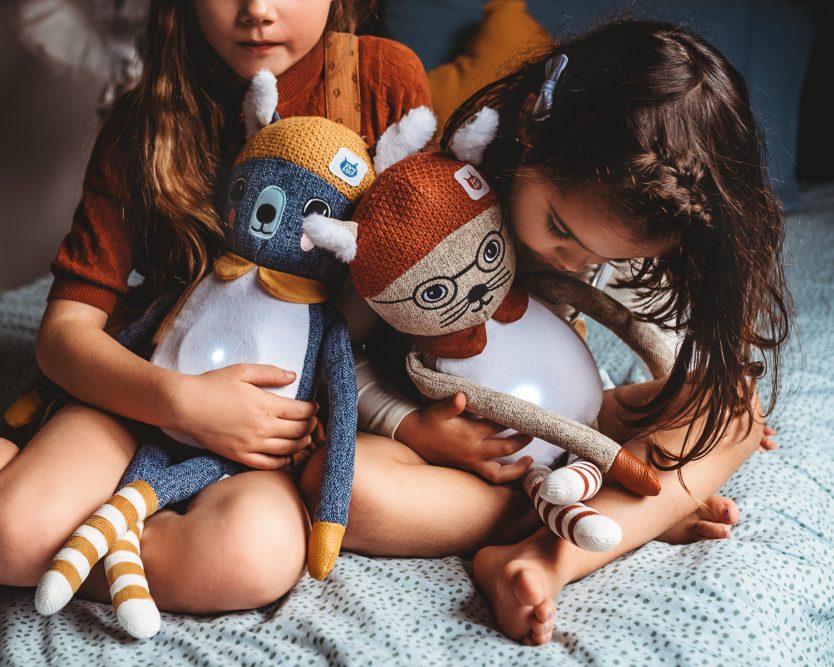
Calm breathing with your kids
The most important factors to remember when teaching your kids to breathe calmly, is the acronym CALM (we do like to make it easy for you):
- C – create a safe space
- A – accept feelings that arise
- L – learn when calm
- M – make it fun
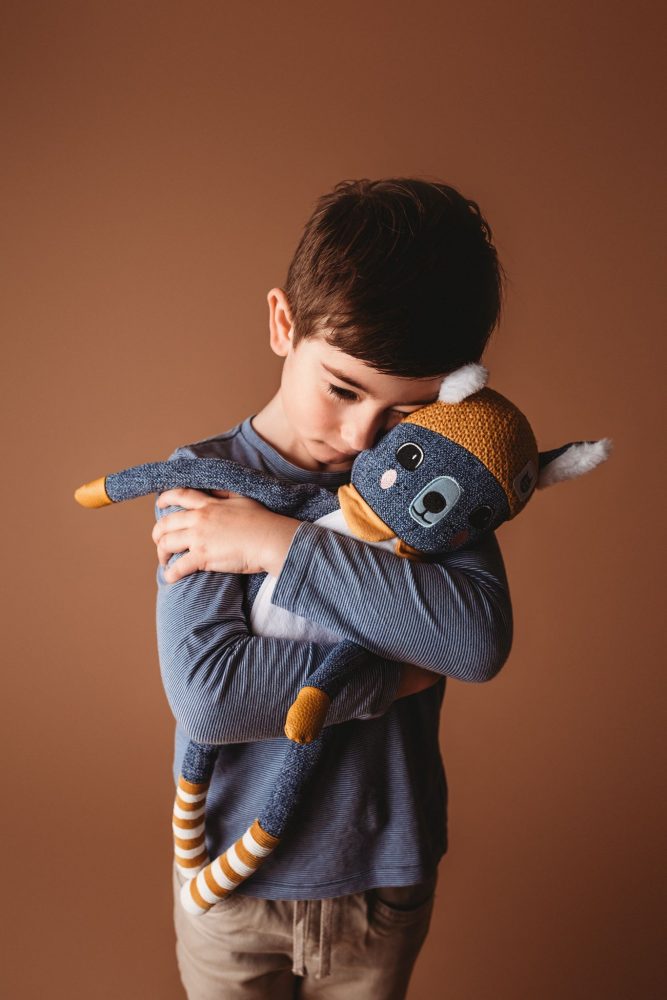
Let’s break it down in a bit more detail.
C – Create a safe place – we want to create a safe place for our kids to practice breathing – this might be a special place in the house, or backyard, or a physical item they connect to ‘calm’ – like a toy, or sensory activities. This might also be about creating a safe space mentally – when there is no time pressure, with or without parent assistance (depending on their preference).
A – Accept feelings that may arise – meaning you may need to be extra patient, accepting and expect a variety of feelings. Including resistance, boredom, frustration and anxiety around practicing breathing. Like all things, it takes practice and persistence. It’s okay for these emotions to arise, they do in adults too. Make space for them, normalise it and breathe through it.
L – Learn when calm – we cannot implement a new skill or coping mechanism, like calm breathing, when we’re in the middle of feeling big feelings. We need to embed and practice these skills when we are calm and when we are capable of learning using our frontal, cognitive brain. This helps us feel more confident and comfortable in implementing it when we are struggling or challenged.
This means we need our kids to learn and regularly practice when we are calm – ideally every day, so that it is accessible and easy to implement when the big feelings come up. Once we have mastered it while we are calm – we can practice it when big emotions come up. As a bonus, research has shown that practicing deep, calm breathing regularly improves mental health and gives a sense of calm – meaning it acts as a preventer for big emotions to arise.
M – Make it fun! – Use imagination. Use toys they love. Bring a Brave or Able Breathing Buddy along and do it together. Ensure it’s something that they enjoy, not a punishment or something they do not want to do.
Some fun ways we can do that include being creative with breathing exercises, for example:
- Practise calm, slow breathing near flowers in the garden
- Have your child blow out the candles on a make-believe birthday cake, drawing a deep breath in and blowing it out strongly through the mouth
- Practise with bubbles – try and get them to blow big, slow bubbles – blowing out their breath soft and long
Implementing calm breathing with big emotions
It is hard to remember to use calm breathing when big feelings come up – partly because of how our brains navigate big emotions and partly because it’s not necessarily intuitive, for adults or for kids. Kids need our help to help them regulate. So how can we gently remind them?
- Get down on their level – give them eye contact and talk to them softly and calmly
- Model it yourself and explain what you are doing – e.g. “Mum’s feeling some big feelings at the moment, so I’m going to go and do some calm breaths”
- Help them find a safe place
- Offer to do it with them – and respect their choice either way
One of the best things about breathing is we can do it anywhere – we always have our breath! We can practise in the car, in our bed, or on a walk.
Whenever we practise and build the skill of breathing, remember the CALM principles. There are so many different breathing exercises out there – and different ones work for different children and people.
Practice makes progress
We need to build the skill of calm breathing when we’re are calm so that we can use our conscious brain to learn, develop and master the skill. This means we need to practise it often – daily, and in a safe place where it’s unlikely to perceive or have any real threats. Practise it daily and after a while, you and your child will be able to use this skill when big waves of emotions hit.
Calm breathing is a great tool for helping our kids to regulate their emotions and improve their wellbeing. When practising, we need to remember the CALM principles.
There are many ways we can try to practise and it might take some time to work out what works best for you and your kids and family!
For more information on Brave and Able Breathing Buddies:
